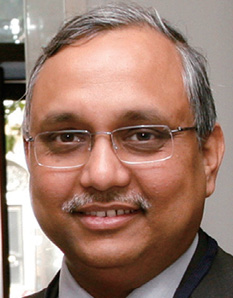India must persevere with sectoral reforms to revive India’s battered economy, argues Chandrajit Banerjee
India saw its economy shrink last year after slow-moving reforms coupled with persistently high levels of inflation – primarily due to supply bottlenecks – triggered tight monetary intervention. Investments fell and growth in the country’s GDP decelerated to 6.9% during 2011-12.

India’s volatile investment climate has also made investors risk averse. Foreign investors have withdrawn capital from emerging markets such as India and parked their funds in relatively low-risk investments such as US dollar treasuries, thus raising the demand for dollars in the international market. The rupee has dropped to a historic low, making it one of the worst performing currencies over the past few months.
Rising inflation has hampered the pro-growth stance of the Reserve Bank of India (RBI). Figures show that inflation surged from 6.9% in February to 7.2% in March. This was driven by a rise in primary goods inflation including food articles, non-food articles and minerals, which rose to 10.5% in March from 9.9% the previous month.
You must be a
subscribersubscribersubscribersubscriber
to read this content, please
subscribesubscribesubscribesubscribe
today.
For group subscribers, please click here to access.
Interested in group subscription? Please contact us.
你需要登录去解锁本文内容。欢迎注册账号。如果想阅读月刊所有文章,欢迎成为我们的订阅会员成为我们的订阅会员。
Chandrajit Banerjee is the director general of the Confederation of Indian Industry.






















